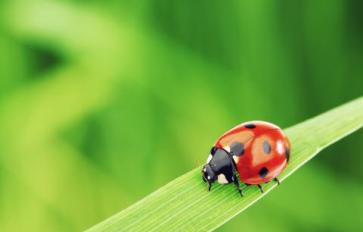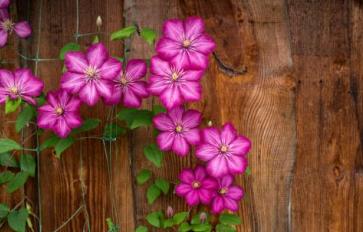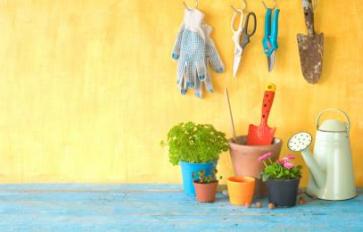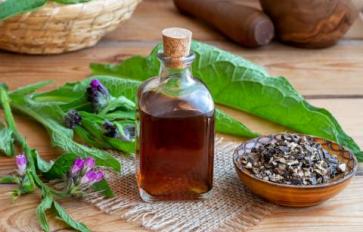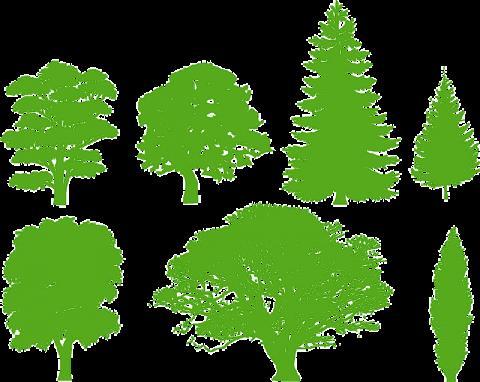
Many people, myself included, cannot recognize and understand much of the flora around us with much expertise. It is often said that American children recognize more logos than local species, and the Go Wild Education Company in the UK offers a quiz, in which you can test your own logo vs. leaf identification skills. Identifying plant species can help us to connect to and understand our environment, to practice sustainable gardening and landscaping, and to prepare healthy, sumptuous meals from local plants.
Enter Pl@ntNet: an app that allows you to identify plant species which you have photographed with your smartphone. This app is available for iOS and Android, as well as in a web version. It was created by scientists in France of the organizations Cirad, the French National Institute for Agricultural Research, Inria, and the French Research Institute for Development, in partnership with the Tela Botanica network. The app compares the plant photos you take to a growing location-specific database of plant images. Not surprisingly, France, where the app was invented, along with more of Western Europe, the Indian Ocean islands and coasts, and South America, are the areas with the strongest botanical reference databases. The visual indexing algorithm used is distantly related to IKONA software and is still being refined and updated.

Screenshots of Pl@ntNet by Julia Travers
Chefs, foragers, farmers, and plant lovers alike can all use Pl@ntNet as a guide and exploratory tool. Fine Dining Lovers explains that possible uses include locating edible flowers, wild herbs, and plants.
I tried this app out and found it helpful, though imperfect. The app asks you to take a clear photo of a plant’s leaf, stem, flower, or fruit and works best if the plant is photographed against an even background. Once you have taken your photo and entered the location, a series of suggested plants comes onto the screen, which you can scroll through. If you find a match, you can join in the plant cataloging project by hitting the “contribute” button. All user contributions are professionally evaluated and moderated. I was able to find a match for a Rosemary plant but not for a Purple Cabbage.

Screenshots of Pl@ntNet by Julia Travers
Visual recognition software is a deeply researched but still very challenging endeavor and Pl@ntNet has to wrestle with these challenges. As Modern Farmer puts it, hopefully, the algorithm will improve and the “database will grow.” The Pl@ntNet site explains that “the number of species and the number of images used by the application evolve with contributions of end users to the project.” As the app becomes more accurate and the database and numbers of users grow, it will be an increasingly helpful tool for gardeners, cooks, and anyone who is curious about the growing word around them.



